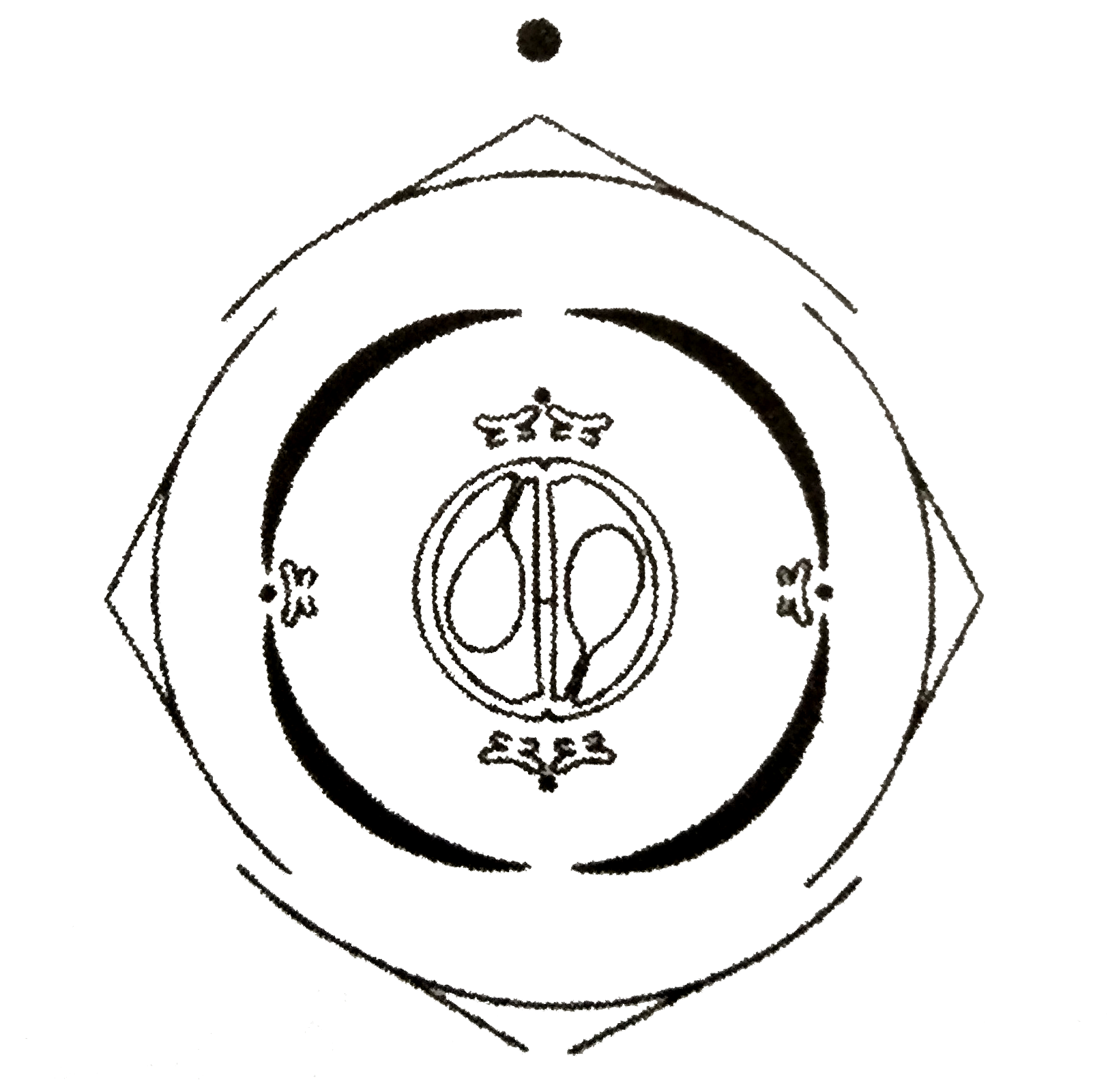Characterisation of families is done on the basis of:-
Vegetative features
Reproductive features
Both 1 and 2
None of these
The correct Answer is:C
To characterize plant families, we consider both vegetative and reproductive features. Here’s a step-by-step breakdown of the process:
Step 1: Understanding Plant Families
- Plant families are groups of related plants that share common characteristics. Examples include Leguminaceae (Fabaceae), Solanaceae, and Liliaceae.
Step 2: Vegetative Features
- The first aspect of characterization involves examining vegetative structures. This includes:
- Stems: The type (herbaceous or woody), structure, and growth patterns.
- Roots: The root system type (taproot, fibrous, etc.) and adaptations.
- Leaves: Leaf shape, arrangement, venation, and modifications.
Step 3: Reproductive Features
- The second aspect involves analyzing reproductive structures, particularly flowers. Key reproductive features include:
- Number of Sepals and Petals: The count and arrangement of these floral parts.
- Gynosium and Androsium: The structure and number of female (gynosium) and male (androsium) reproductive organs.
- Fusion of Floral Parts: Whether parts are fused (connate) or separate (distinct), and the arrangement of these parts.
Step 4: Conclusion
- Both vegetative and reproductive features are essential for the characterization of plant families. Therefore, the correct answer to the question is that characterization is done on the basis of both vegetative and reproductive features.
Final Answer
- The characterization of families is done on the basis of vegetative and reproductive features.
---
- Plant families are groups of related plants that share common characteristics. Examples include Leguminaceae (Fabaceae), Solanaceae, and Liliaceae.
- The first aspect of characterization involves examining vegetative structures. This includes:
- Stems: The type (herbaceous or woody), structure, and growth patterns.
- Roots: The root system type (taproot, fibrous, etc.) and adaptations.
- Leaves: Leaf shape, arrangement, venation, and modifications.
- The second aspect involves analyzing reproductive structures, particularly flowers. Key reproductive features include:
- Number of Sepals and Petals: The count and arrangement of these floral parts.
- Gynosium and Androsium: The structure and number of female (gynosium) and male (androsium) reproductive organs.
- Fusion of Floral Parts: Whether parts are fused (connate) or separate (distinct), and the arrangement of these parts.
- Both vegetative and reproductive features are essential for the characterization of plant families. Therefore, the correct answer to the question is that characterization is done on the basis of both vegetative and reproductive features.
- The characterization of families is done on the basis of vegetative and reproductive features.
Topper's Solved these Questions
- DIVERSITY IN LIVING WORLD (PLANT DIVERSITY)BOOK - ALLENCHAPTER - DIVERSITY IN LIVING WORLD (PLANT DIVERSITY)EXERCISE - Assertions and Reason
45 Videos
- DIVERSITY IN LIVING WORLD (PLANT DIVERSITY)BOOK - ALLENCHAPTER - DIVERSITY IN LIVING WORLD (PLANT DIVERSITY)EXERCISE - EXERCISE-II
153 Videos
- DIGESTION AND ABSORPTIONBOOK - ALLENCHAPTER - DIGESTION AND ABSORPTIONEXERCISE - S
28 Videos
- DOMESTICATION OF PLANT (PLANT BREEDING)BOOK - ALLENCHAPTER - DOMESTICATION OF PLANT (PLANT BREEDING)EXERCISE - S
28 Videos
Similar Questions
Knowledge Check
Which of the following features characterise the family represented by the given floral diagram ?
 ACruciform corolla with quincuncial aestivationBStamens with didynamous conditionCBicarpellary, syncarpous ovary with parietal placentationDInflorescence usually cymose
ACruciform corolla with quincuncial aestivationBStamens with didynamous conditionCBicarpellary, syncarpous ovary with parietal placentationDInflorescence usually cymose
Assertion: Family has a group of related orders and classes.
Reason: Families are characterised on the basis of only vegetative characters not by reproductive characters:
View SolutionFamily Leguminosae is classified into three sub-families on the basis of
View SolutionDistinguish between families Fabaceae, Solanaceae and Liliaceae on the basis of gynoecium features.
View SolutionLate prophase of mitosis is characterised by
View SolutionCyanobacteria are characterised by
View SolutionEtiolation is characterised by
View SolutionMaturation phase of cell is characterised by:
View Solution
